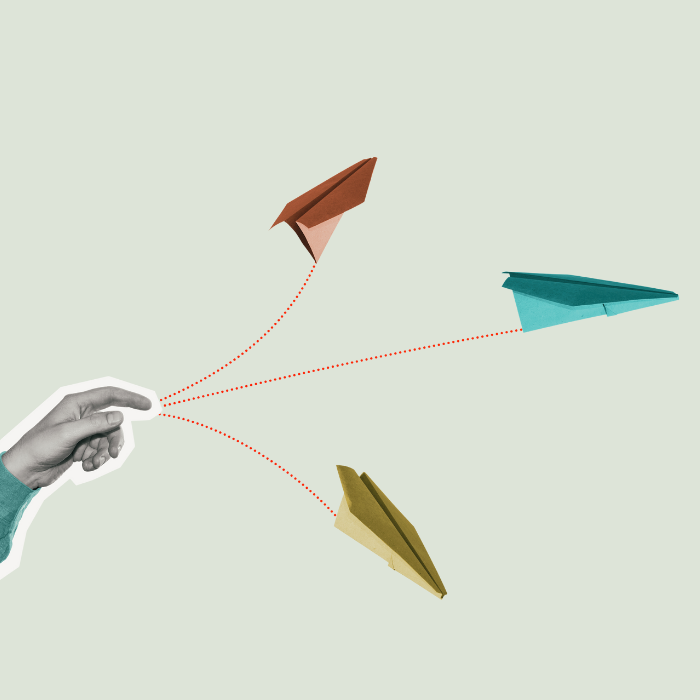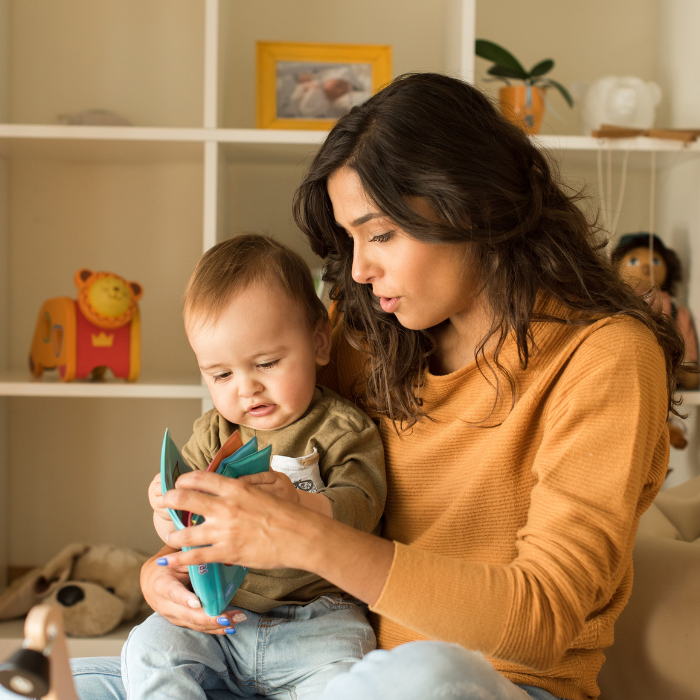
Language apps can translate phrases, teach pronunciation, and help with conversation skills, explains Yvonne Walus.
TIP: Choose what’s age-appropriate for your child, and check whether the language you want is supported before you pay for any apps.
The Very Hungry Caterpillar & Friends – First Words can be enjoyed by children 2+. Eric Carle illustrations in a digital pop-up book teach words in English, Spanish, French, simplified Chinese, and German.
KinderApp is designed for toddlers age 3 and up. Currently available in English, German and Hungarian, this app teaches everyday words in a fun way. On Level 1, if the toddler touches an object, they can hear its name. On Level 2, the toddler is asked to find a certain object and gets positive feedback, with a bonus surprise for finding all the objects. The pictures are boldly drawn with distinct colours and contours for easy recognition.
Gus On The Go is an animated traveling owl who accompanies children throughout vocabulary activities and guides them to the next adventure by reviewing what they’ve learned. The app comes with sounds and colourful animations that encourage children to interact.
MindSnacks, voted one of the best educational apps of 2015, is an engaging way to understand foreign languages and cultures. Students solve a series of colourful puzzles designed to help understand words rather than just memorise them. Game speed is optimised for 7-12 year-olds.
Play2Learn comes in various languages, each with over 200 words to learn.
It works as a colouring book: As the child identifies each item, its picture turns from black and white to colour.
Mondly app’s motto is: “Play your way to a new language.” Picture-driven, it makes learning a fun game which can be enjoyed alone or with friends. It’s also smart enough to adapt the level of play to the ability of the user. Over 30 languages available.
Duolingo motivates older children by allowing them to set goals. Each lesson is made up of a range of activities, such as translation, matching pairs of words, learning new vocabulary, and grammar. It offers listening and speaking exercises, and it identifies the parts of the lesson you need to revise.
Memrise compares learning to gardening: Plant new memories in the garden of your mind, water, and grow them into long-term memory. Learning a language consists of a lot of memorising, and this app makes it fun with mnemonics, morphing images, and quizzes.
Babbel gives a grade at the end of each lesson, each of which takes 10-15 minutes and is made up of new words, a dialogue, a grammar lesson, and a review of what you’ve learned.
Google Translate is not an app, it’s a translator, and it only works online. Available in almost every language, it translates and verbalises whole sentences. Note that not all translations are accurate. If you use it, translate into the foreign language as well as back to make sure your meaning got captured.








